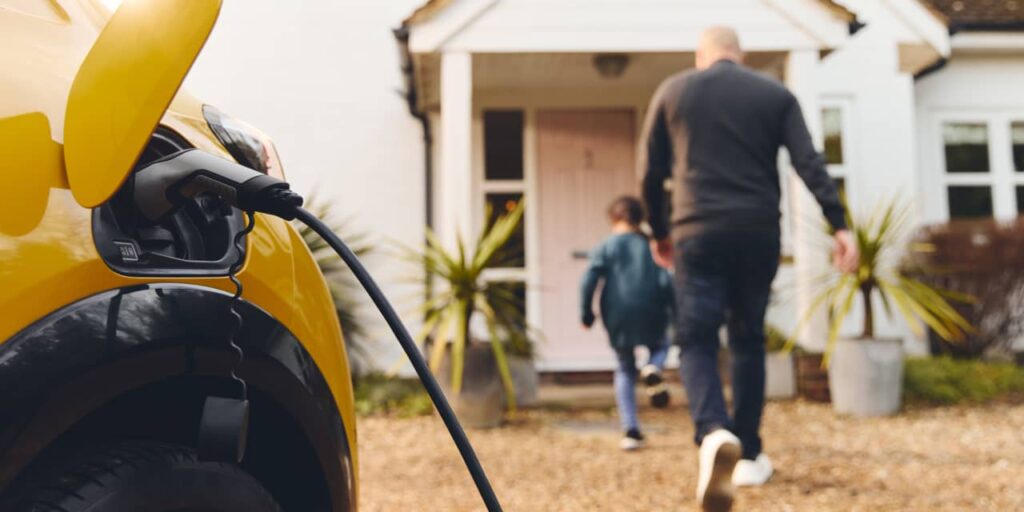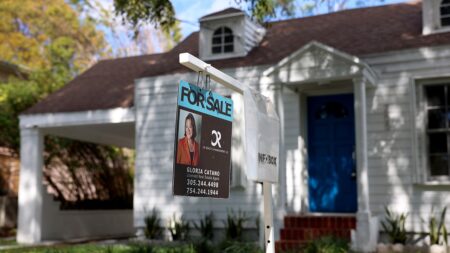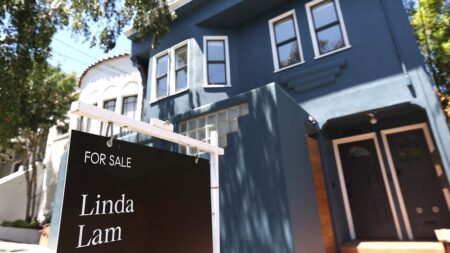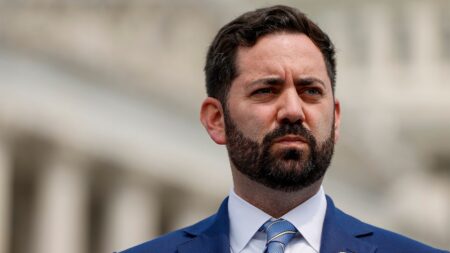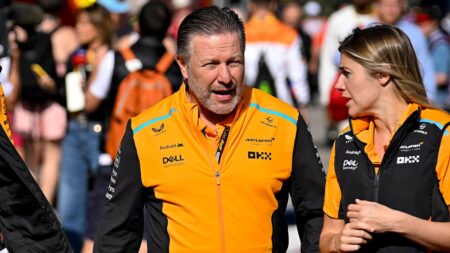Many Americans know they can claim a federal tax credit of up to $7,500 when purchasing a qualifying electric vehicle. The list of qualifying cars is relatively short but likely to grow during the year as more manufacturers qualify.
Fewer may know that Uncle Sam may also help you install a charger for your new EV.
The same law that created the tax credit structure for car purchases – 2022’s Inflation Reduction Act — created a separate tax incentive to help drivers install an EV charger at home.
Many EV owners do most of their charging at home. Public chargers exist and are helpful for longer trips. But they’re often slower and more expensive than expected. To get the full financial benefit of driving on electricity instead of gasoline, you’ll want the lower electricity prices available at home and the convenience of recharging while you sleep.
Also read: 10 roadblocks to electric vehicle ownership
Covers up to 30% of the cost in many suburban, rural areas
The charger installation tax credit covers 30% of the cost of installing a charger up to a cap of $1,000.
But it’s not available everywhere. The law instructed the IRS to make the credit available in low-income areas and outside cities.
The agency explained in January how it would apply that limitation. The New York Times says, “Before Friday’s guidance, it had been unclear which areas could qualify for the tax credit. Eligible chargers were required to be placed in either low-income or non-urban areas, but it was not clear how many locations would fall under the categories.”
Also see: Free IRS online tax prep is coming. Here’s what it can — and can’t — do for taxpayers.
Rules issued in late January, the White House says, mean “the Inflation Reduction Act’s 30C EV charging tax credit is available to approximately two-thirds of Americans.”
An Energy Department map will help determine whether you live in an eligible area.
This story originally ran on KBB.com.
Read the full article here





